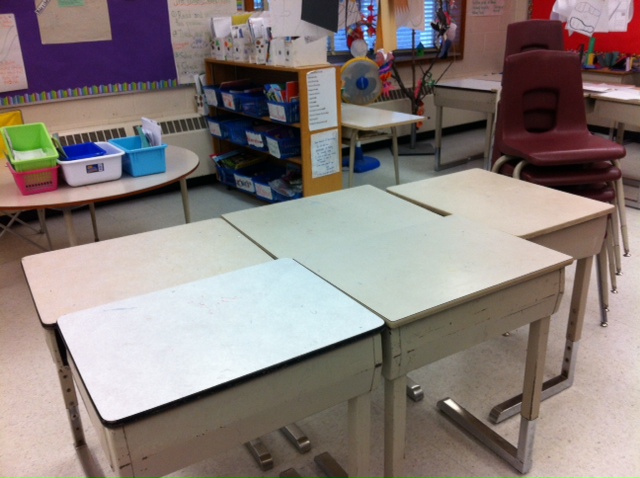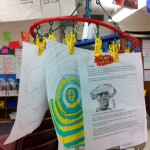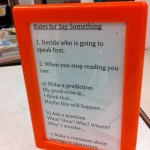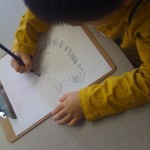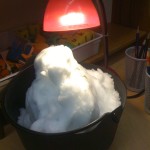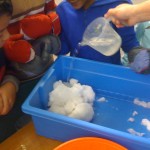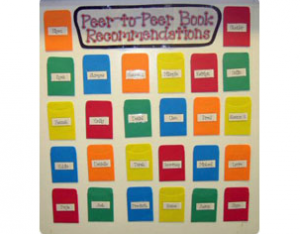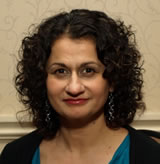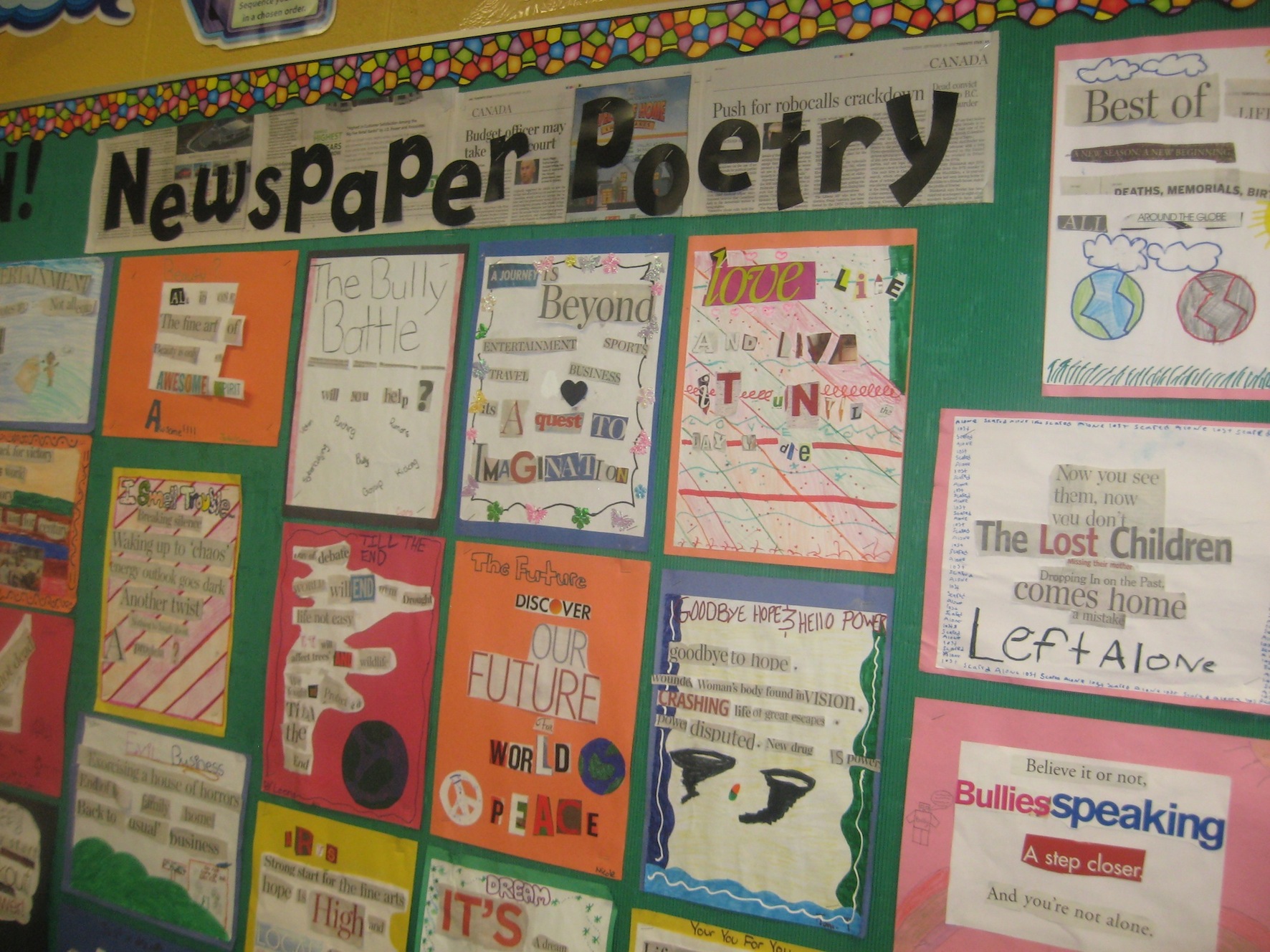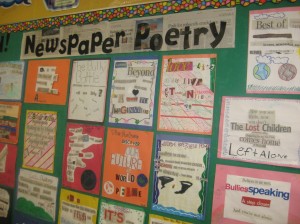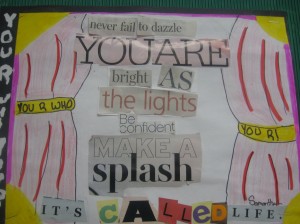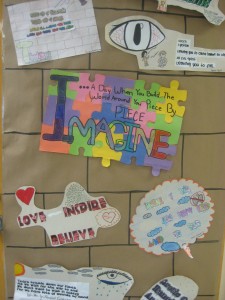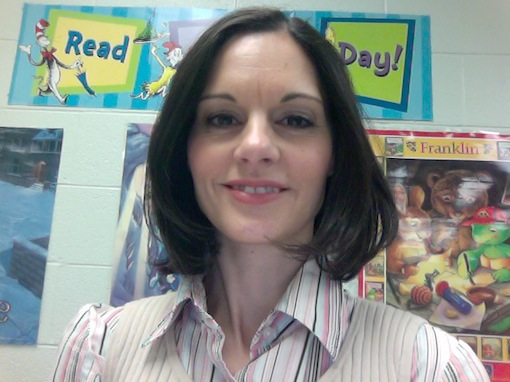I am currently taking a Mentoring AQ course that is really impacting my understanding of equity in education and how I can work with my colleagues to explore this topic in our teaching practice. I truly believe that it is necessary for all of us to take a step back and explore equity as it pertains not only to our classrooms, but to our schools, communities, and personal lives as well. I have decided to share some of my learning and wonderings as I take a closer look at the “Equity Continuum” from OISE’s Centre for Urban Schooling and the TDSB’s Equitable and Inclusive Schools site.
OISE Centre for Urban Schooling: http://cus.oise.utoronto.ca/
TDSB Equitable and Inclusive Schools: http://www.tdsb.on.ca/_site/ViewItem.asp?siteid=15&menuid=570&pageid=452
Just some food for thought…
“Fairness does not mean everyone gets the same. Fairness means everyone gets what they need.”-Rick Riordan, The Red Pyramid
This very simple and yet profound quote set off a critical unit of inquiry around equity in my Grade 6 classroom last year. Over the span of a few weeks (and subsequently the school year), we explored, discussed, questioned, challenged, and brought to light this important understanding that, in order for everyone to experience success and a strong sense of self, they would not necessarily need to be treated exactly the same. The best part of this experience was my own journey as I grappled with my previously constructed schema around equity and fairness in all aspects of my life.
I vividly remember coming back after a supply teacher had been in the classroom during this period of inquiry and having my students astonished and fuming at her reaction when a student asked for extra time and a quiet space to complete a task. She said she had to be fair and that everyone would need to hand it in at the same time. When the students let her know that fairness is when they have the right to learn the way that is best for them to be successful and in our classroom that means people may need different treatment, she completely disagreed in a manner that undermined what they had come to understand as being “fair.” Our conversation was lively, to say the least, and their questions were ones I have come to ask many times since then: “How can we get people, especially in education, to think about fairness as a way of everyone getting what they need?” and, “How can we create a positive space where teachers, students, and parents question, challenge, voice their own opinions, and feel that they have the right to self-advocate?” (Theirs were in kid-friendly language, of course).
After looking at the “Importance of Equity in Education” from the TDSB’s Equitable and Inclusive Schools page as well as the “Equity Continuum” from OISE’s Centre for Urban Schooling, I came to realize that, for me, the reasons that make equity work personally and professionally difficult are the same as those that make it transformative and fundamental if we are to move forward in education.
Whether it be with friends, colleagues, mentees, students, or parents, I find that when a conversation begins to challenge the status quo, challenge stereotypes, or involves having to critically look at ourselves, our beliefs, our expectations, or our practice, discomfort can quickly build up and the outcome takes the form of people shutting down, becoming outwardly upset, and unfortunately not evolving or learning from the experience. I feel that at the core of this difficulty in equity work is the reality that all of us are complex beings having been influenced on so many levels in so many ways by so many people throughout our lives therefore often making us oblivious to how our own story is projected in what we think, say, and do both personally and professionally. We seem to jump at the opportunity to try and convince others to take our viewpoint and find it easier to criticize those who do not share our beliefs. However, looking at and inside ourselves is a whole other story. Thus, the difficulty lies in welcoming discomfort as we tread the path of looking at equity not only by having others explore it but in also working through it ourselves.
The beauty and transformation in equity work comes about when we all courageously welcome the discomfort that arises in questioning our belief system as it pertains to our own culture and that of our school, classroom, and global community. When we are willing to question the status quo, challenge stereotypes, critically think about how our experiences and schemas influence our pedagogical practice, hold all students (and anyone connected to education, for that matter) to the highest standards and expectations regardless of race, ethnicity, religion, gender, linguistic competence, etc., we begin to pave a path toward open-mindedness, acceptance, respect, and transformation not only within our personal lives but in our professional practice as well. When I began to take a deeper look at the Equity Continuum, I came to the realization that, even though I honestly believed I understood equity and had infused it in my teaching, there were so many other layers to it that I had not yet begun to peel back. In the world we live in today, this may be one of the most important questions we can ask ourselves as educators, parents, leaders and global citizens, “How will we work to ensure that everyone gets what they need to live a dignified life?”
I now know where my focus on equity will take me: unlearning what I have over time come to believe as the truth when it does not support the idea that everyone can be held to the highest standards and expectations regardless of their cultural background, race, gender, socio-economic status, etc. I’m willing to get my hands dirty as I explore the topics, ideas, beliefs, experiences, and realities that continue to shape my understanding and practice of equity within our education system.
As Will Durant commented, “Education is a progressive discovery of our own ignorance.” I chose this quote because it can provoke discomfort by having us admit that we may be ignorant while also noting that the path to discovery is progressive which to me signifies that learning happens when we entertain that which may make us uncomfortable. Learning is messy business. That’s what makes it transformative.

